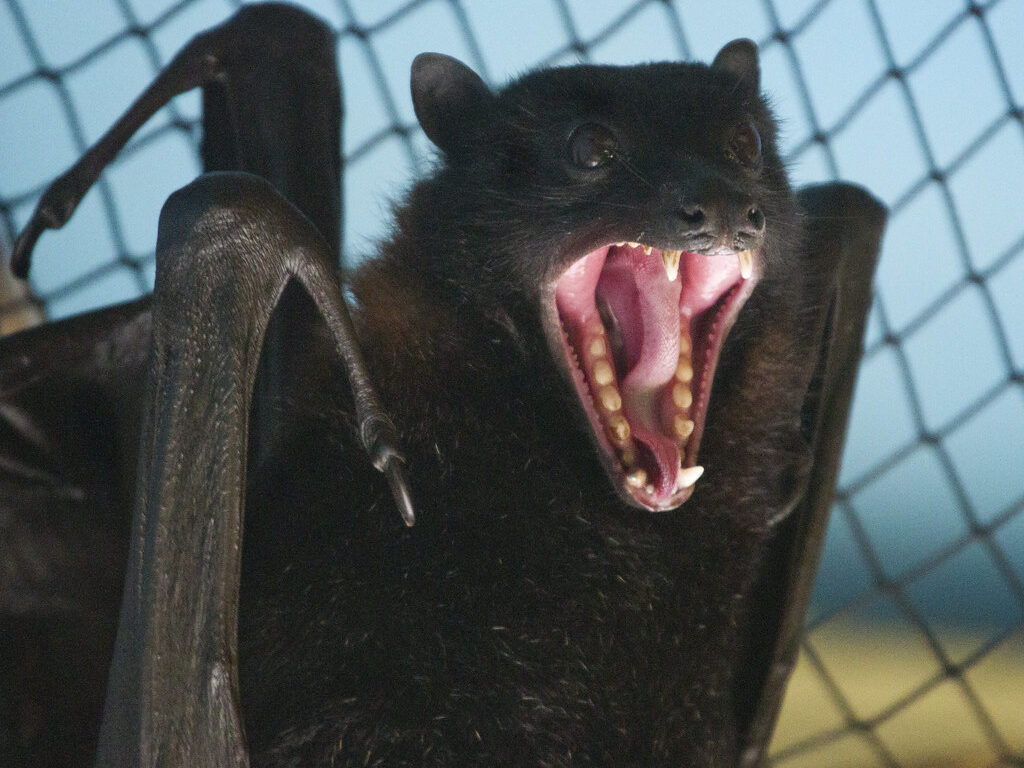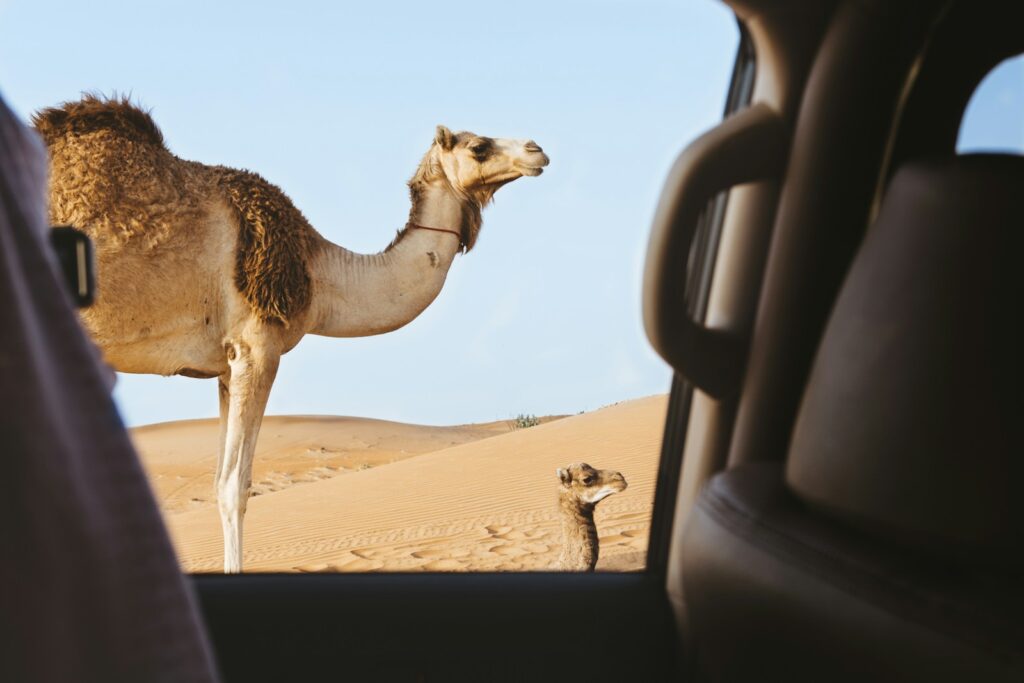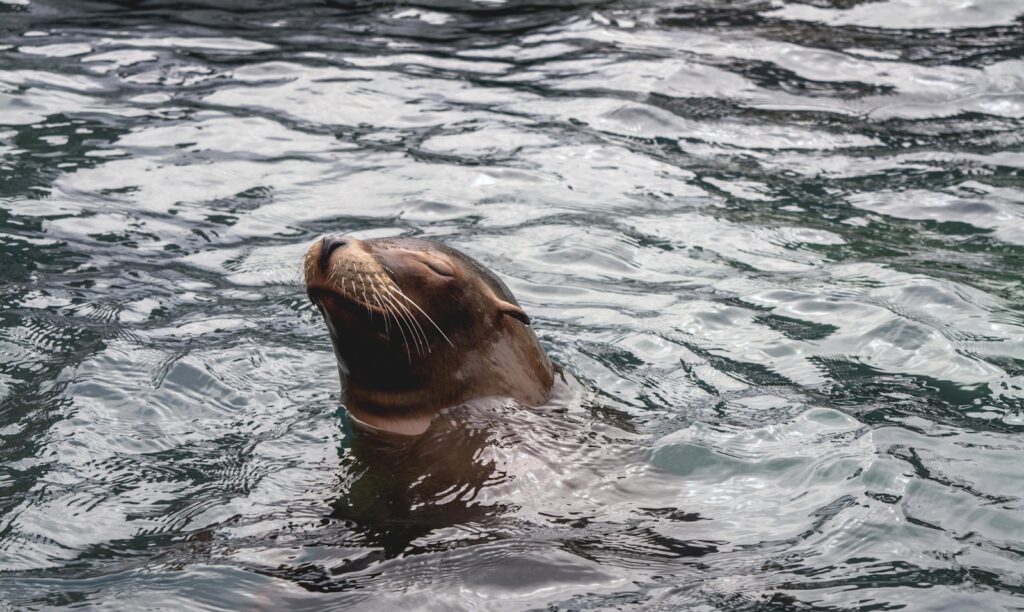
Ever wondered which animals can go months without eating? It may sound unbelievable to you, but it’s totally possible! A lot of wild creatures have come up with some wild survival tricks, like hibernating or going into deep sleep, letting them skip meals for a while. Here are 10 wild animals that can sleep for months without eating.
Snakes

Many snake species, especially those with slow metabolisms, can go for months without eating. Snakes like pythons and boas can chow down on big meals that keep them full for a long time. After a feast, they can easily survive for months without eating again, living off the energy they’ve stored up.
Camels

Camels are built for desert life, where food and water aren’t always easy to find. They can go weeks without water, but what’s even crazier is that they can survive months without food. They store fat in their humps, which gives them all the energy they need to power through long stretches without eating, especially in the brutal desert heat.
Arctic Tern

The Arctic tern is a migratory bird that makes an epic trip from the Arctic to the Antarctic every year, covering up to 25,000 miles. During this crazy migration, these birds can go for months without eating, living off their fat stores, and grabbing the occasional snack. Being able to survive without food is a must for making it through this long, tough journey.
Seals

Seals, especially those in polar regions, can go for several months without food, particularly during breeding season. When they’re fasting, they live off the fat stored in their blubber. For example, female seals can fast for months while nursing their pups on land, using their fat reserves to keep going.
Crocodiles

Crocodiles are champs at going long stretches without food. In the wild, they can survive for months, sometimes even up to a year, without eating, especially when it’s cold. Their slow metabolism and ability to conserve energy during the cooler months help them tough it out without having to hunt or eat for a while.
Bats

Bats, especially those hibernating, can go for months without eating anything. During winter, many bat species enter a state called torpor, where their body temperature drops and their metabolism slows way down. This helps them survive on the fat reserves they’ve built up, especially when insects are hard to come by.
Tardigrades

Tardigrades, also called “water bears,” are tiny creatures known for their survival skills. When things get rough, like during droughts or freezing temperatures, they enter a state called cryptobiosis, basically putting their metabolism on pause. In this super chill state, they can go without food or water for years, just waiting until conditions improve.
Spiders

Terrifying but impressive, certain spiders, like the tarantula, can survive for months without food, especially when they’re in a dormant state. They slow down their metabolism and live off their stored energy. This clever trick helps them get through times when food is hard to find, like during the winter months when hunting’s tougher.
Frogs

Some frogs, like the wood frog, can go for months without food by entering a hibernation-like state in winter. They don’t eat during this time, instead living off their stored fat to stay alive. While they’re dormant in burrows or under leaf piles, they manage to survive the tough winter conditions without needing a meal.
Fish

Now, it may seem impossible to you, but some fish, like the goldfish, can survive for months without food, especially in cold water. Goldfish can handle food shortages because their metabolism slows down in colder temperatures. They live off the nutrients stored in their bodies, getting by until food is available again.
